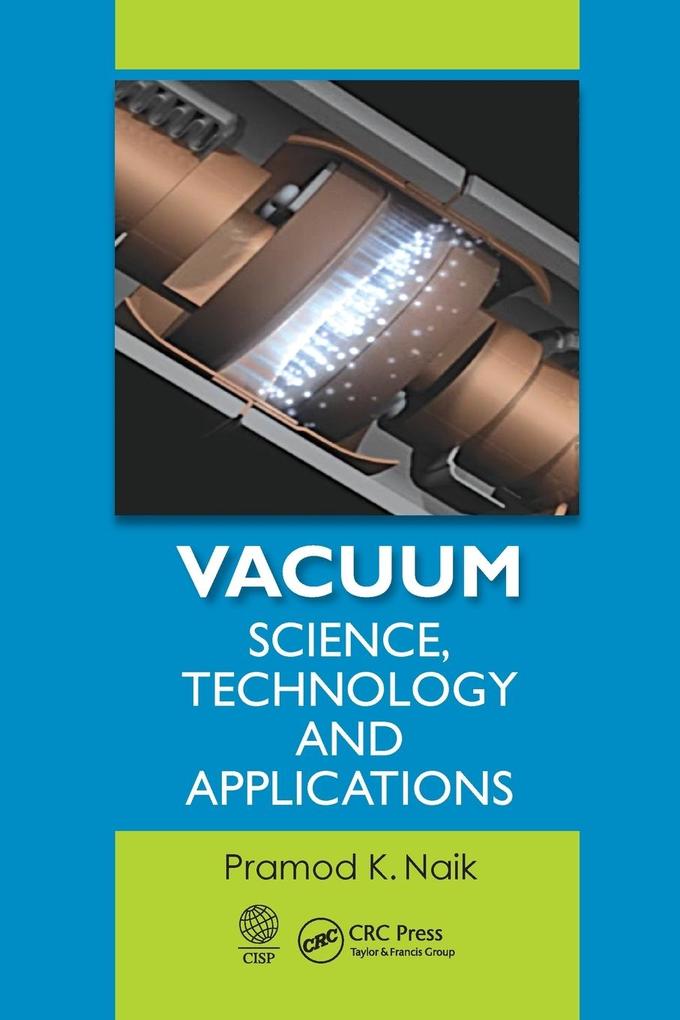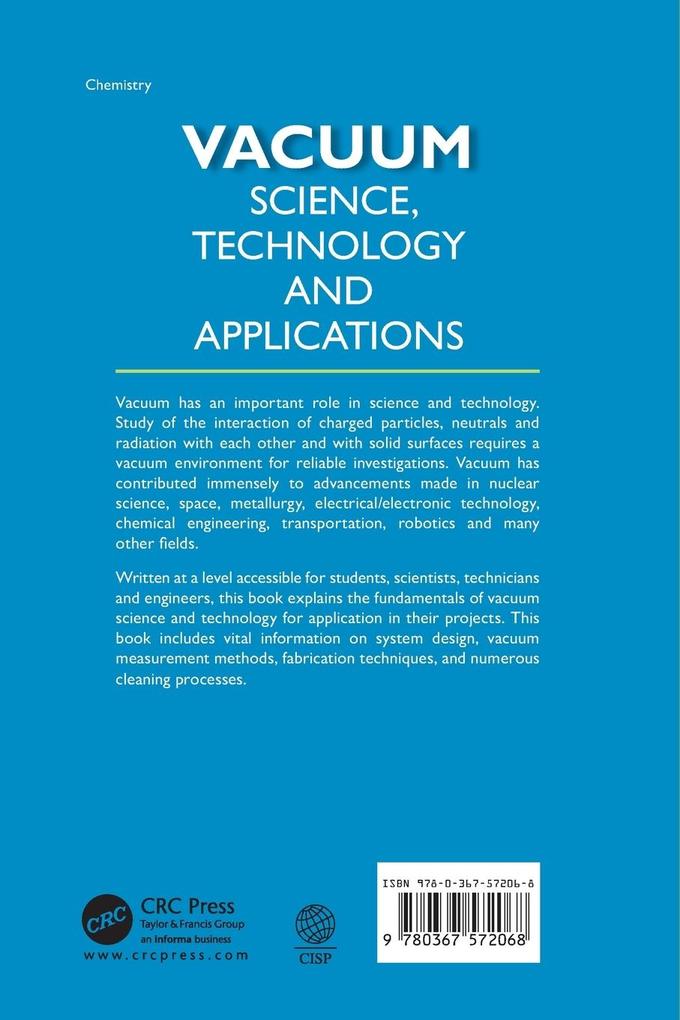Vacuum plays an important role in science and technology. The study of interaction of charged particles, neutrals and radiation with each other and with solid surfaces requires a vacuum environment for reliable investigations. Vacuum has contributed to major advancements made in nuclear science, space, metallurgy, electrical/electronic technology, chemical engineering, transportation, robotics and many other fields. This book is intended to assist students, scientists, technicians and engineers with understanding the basics of vacuum science and technology for application in their projects. The fundamental theories, concepts, devices, applications, and key inventions are discussed.
Inhaltsverzeichnis
Preface and Acknowledgements
Introduction
1. Kinetic Theory of Gases
2. Flow of Gas and Conductance
3. Surface Phenomena
4. Interaction of Neutrals, Charged Particles and Radiation with Gases in Vacuum
5. Measurement of Pressure
6. Vacuum Pumps
7. System Design
8. Vacuum Measurement Methods
9. Vacuum Materials, Hardware, Fabrication Techniques, Cleaning Processes and Surface Treatment
10. Leak Detection
11. Extreme High Vacuum
12. Applications











